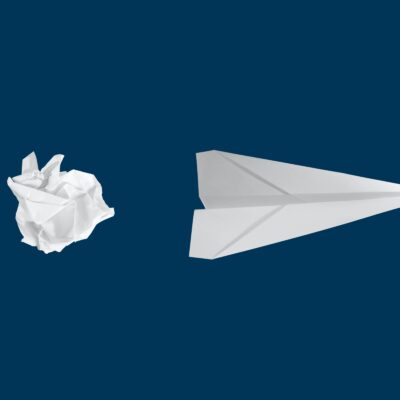Suppose you have recently launched an app that helps people eat healthy.
People have begun downloading your app, but usage stats are discouraging. Most users are not using the app regularly, and as a result, are not getting any benefit. You brainstorm this with your team and you decide to solve this by pushing relevant content notifications to your users.
Problem solved? Not quite.
Research says that an average user gets 65 to 80 notifications in a day. Your notifications will compete with so many other notifications for user’s attention. Could you design your notification system in a way that will help you win?
I gave myself a challenge to find an answer to this question in just 5 minutes.
In those 5 minutes I tried to find a quick insight into this problem. I did this by searching for the word “notifications” among recent inventions. I was expecting to find a good solution in a patent related to mobile apps, but I found an idea from the medical field to be the most relevant.
It was a patent of Philips from last year and it talked about how mobile notifications fail to get patients to take their medication on time. The patent says:
For many long term health conditions, the therapeutic regime requires medication to be taken regularly [. . .] It is known to use conventional reminder system approaches (e.g. mobile device applications) to attempt to encourage users to adhere to their therapeutic regime [. . . ] However, such conventional systems provide reminders at particular, preset times of the day depending on the medication schedule [. . .] This approach is, however, inflexible.
But why don’t we act on notifications?
Often, we just don’t want to be interrupted. The inventors make a note of it:
It is known that people are more likely to do something that they are reminded about a task when they are not distracted or doing something else. The proposed invention is a system that generates an alert when a user is most likely to be receptive to carrying out the task.
Then they presented a great solution for it: send the reminder when the user is mostly likely to act on it.
For example, if the task associated with the reminder information (e.g. pay a utility bill) is associated with using the internet, then the efficacy of the reminder associated with that task may be increased if the reminder alert is delivered when the user is using the internet. In contrast, the efficacy of the reminder associated with that task may be decreased if the reminder alert is delivered when the user is doing a non-interruptible task such as making a telephone call.
Reading this quickly triggered a couple of ideas in my mind about notifications for healthy eating app:
- The best time to remind users about healthy eating is before the meals. During sign-up phase, the app can ask users their typical meal times. Notifications can then be timed such as they arrive shortly before, say, lunch.
- Notifications can be tied to geographic locations too. When John goes to a restaurant, he gets a notification: Hey John, hope you enjoy your dinner. Just remember to cut down on carbs and have plenty of salad!
- Post-meals, users can be notified to claim reward points if they have managed to stay within their calorie budgets. This can act as positive reinforcement.
- If a pre-meal notification has not been attended by the user for, say, an hour, it should be automatically dismissed. It is no more relevant. Piled up notifications are annoying. (This makes me think – the notification about emails that I have opened should automatically get dismissed from my phone’s home screen – this still doesn’t happen in 2022!)
Reasonable ideas, I guess.
Do try this yourself – works like a charm. When solving a problem, don’t start thinking from scratch. Begin by looking for inspiration in existing ideas. It gives your creativity space to expand. Speeds it up 10x.
If you keep looking for creative inspiration, you should not miss our free newsletter. You can subscribe to it below:


